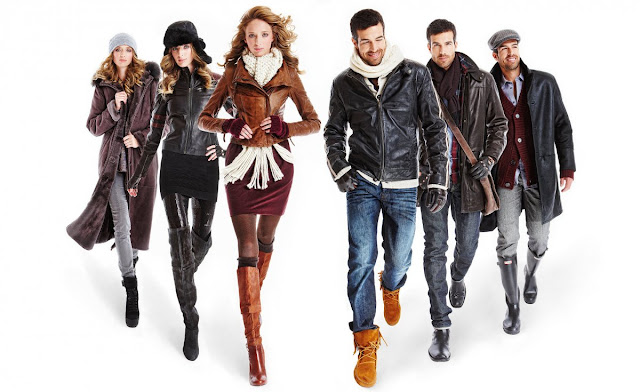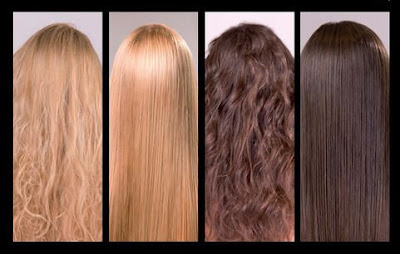People have always worn clothes either as protection or for
modesty. Yet through history, people have also chosen clothes to impress or
attract others, or to reflect their job, social status, or religious beliefs.
Clothes send out signals about the wearer’s lifestyle and the type of society
they live in for instance, during the 20th century, the emancipation
of women was reflected in the kind of clothes they wore, such as practical
trousers.
Clothing design
Designers chose the fabric, color and shape of a garment.
Their decisions are influenced by the function of the item, and who will
eventually wear it. a work shirt for example must be made from durable fabric,
a high fashion shirt can be made from less practical silk or linen.
Design
Some designers sketch their ideas for a new style into
paper. Others work directly with the fabric, draping it over a dressmaker’s
dummy, and pinning it until the right shape emerges.
Pattern
Once the design has been decided it is translated into pattern
pieces, made from paper or card. These are used as a guide for cutting out the
fabric. The pattern pieces are made in different sizes and then sent to the
cutting room.
Daily wear
The popular informal outfit of shirt, jeans, and trainers
can be seen in many parts of the world, worn by both sexes of all ages. This
casual outfit is an example of the changing attitudes to clothes seen in the 20th
century. For the first time, everyday clothing crossed barriers of age, gender,
and social class.
Clothing manufacture
The clothes manufacturing industry is massive, and employs
millions of people worldwide. Some designs are exclusive, produced by the great
fashion houses. Most clothes however are manufactured in standard sizes and
from cutting to pressing are mass produced in factories.
Cutting
Up to 150 layers of fabric are spread out on long tables.
The pattern pieces are then laid on top and the material is cut, using either a
mechanical knife or a laser.
Sewing
The cut pieces are carried to the person whose job is to
match them up for the sewing machinist. Each machinist concentrates on a
particular part of the garment, such as the sleeves.
Pressing
Once the clothes are sewn together, they are laid on large,
flat tables to be pressed. Then a final inspection is held to check the quality
of the finished garment, before it is to be sold to a wholesaler. To make a
stitch a sewing machine must loop one thread around another. The latest models
are computerized; touching a panel changes the type of stitch. Domestic machines
perform about 1000 stitches a minute and industrial machines are ten times
faster.
Traditional clothes
The clothes worn in some parts of the world combine modern
lifestyles and traditions that are thousands of years old. Traditional national
costumes often reflect the dress of peasants, whose garments were suited to the
local climate and the kind of work they performed.
Fashion
Following fashion was once so expensive that
only the wealthy could afford it. Today, however, advances in manufacturing, and
the invention of synthetic fabrics, allow more people to follow fashion. Styles
have changed faster than ever before, and fashion has become big business.
Shows by fashion houses such as Dior or Ralph Lauren attract buyers from all
over the world.






